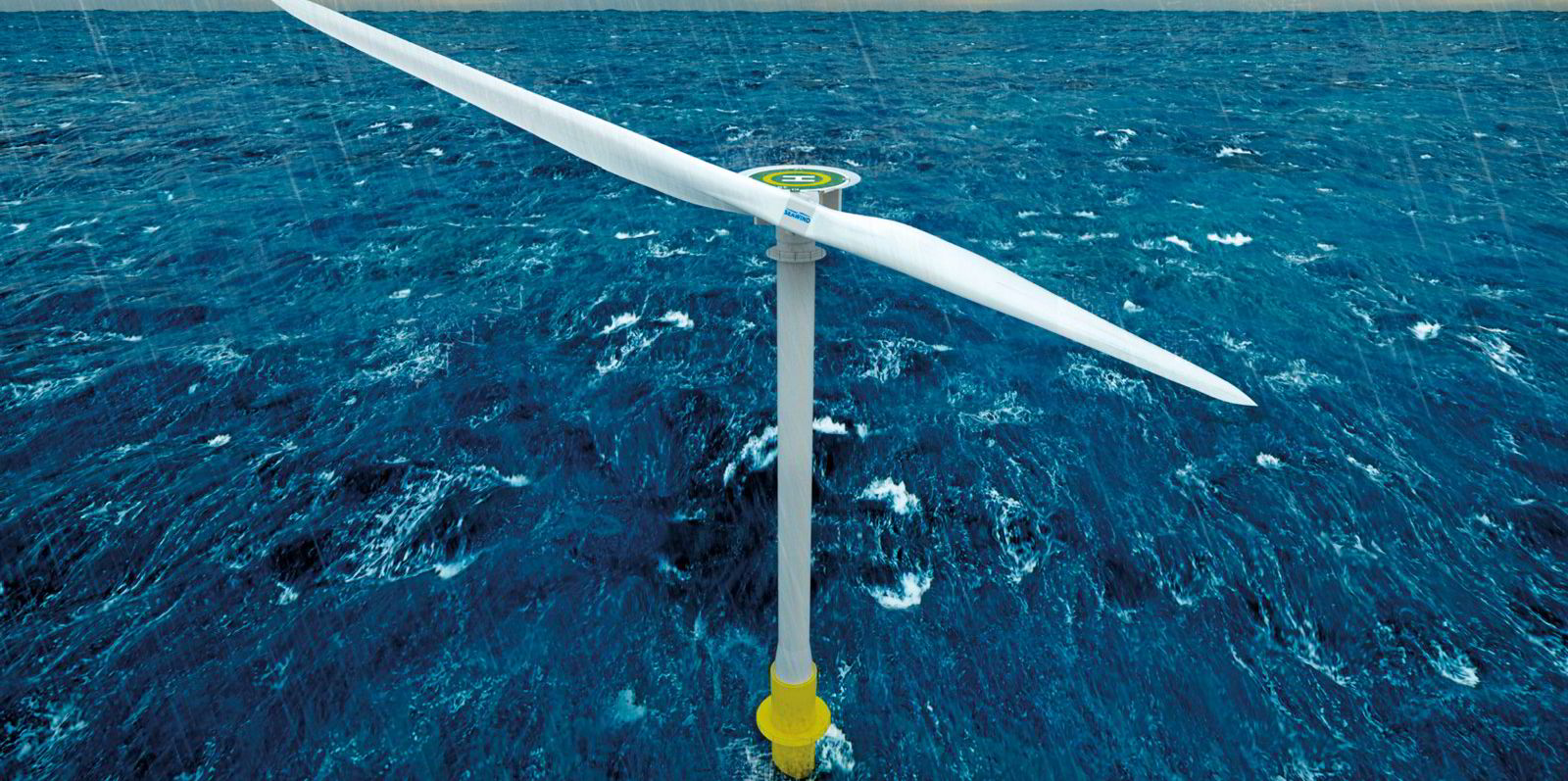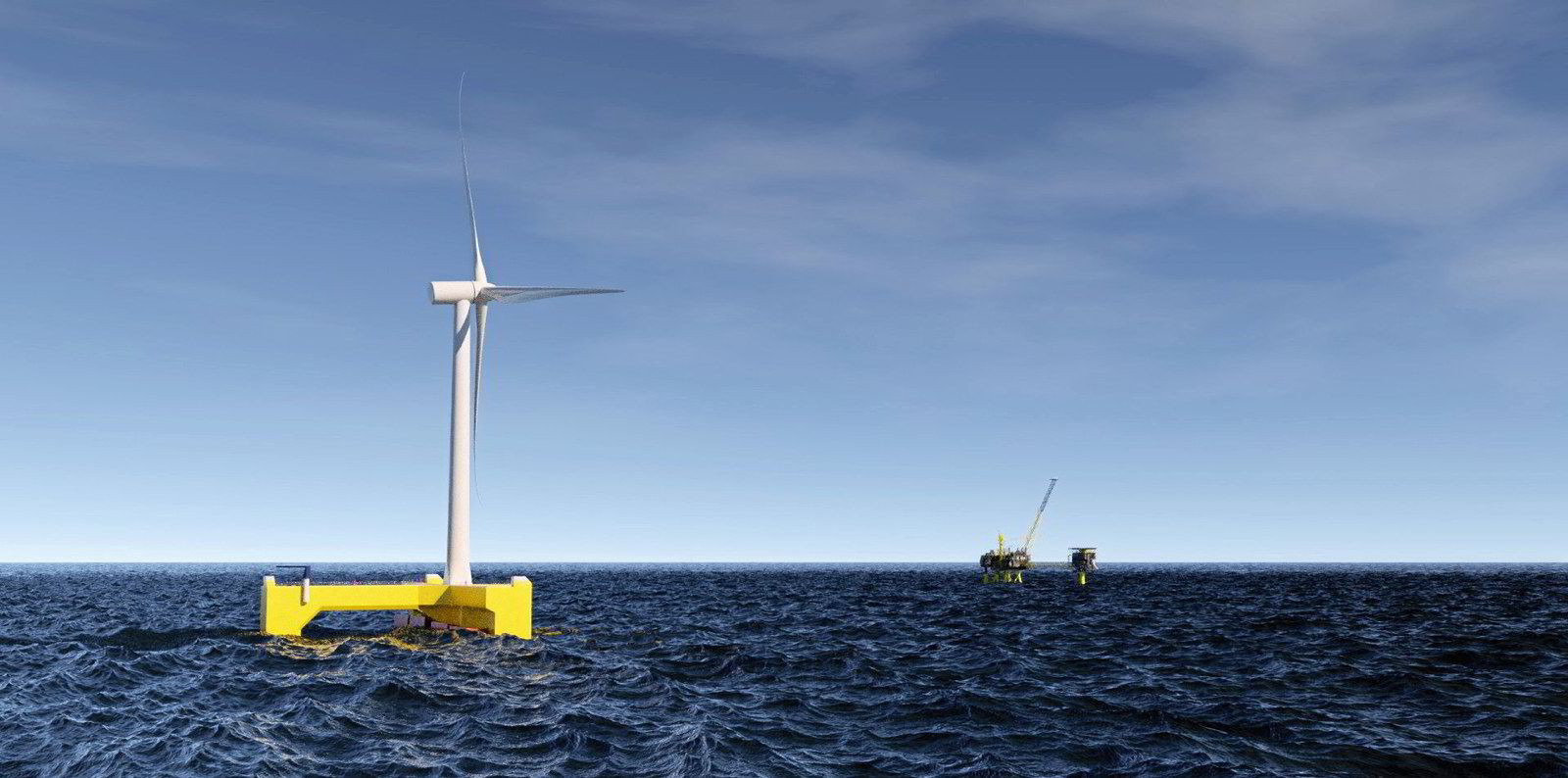For many global citizens, energy poverty is a daily struggle. To restate the all-to-well-known figure: 840 million people today live without access to electricity, and hundreds of millions more experience frequent outages. Beyond building the vast clean energy plant capacity needed to generate a stable supply of affordable renewable power for world’s transitioning fossil-fuelled industrial economies is a looming longer-term reality: how to transform the energy system as part of a ‘just transition’ to meet the growing demand for the same from the world’s currently unserved and underserved populations.
The global energy transition is gathering momentum – and the accompanying news-stream becoming an information deluge. Separate the green giants from the greenwash and the hard facts from the click-bait headlines with Recharge Agenda, our curation of the market-making events of the week, distilled down into one quick-read newsletter. Sign up here for free
Even a few years ago, the idea of marrying floating wind to green hydrogen production as a panacea to this would not have been seen as a futurist dream. But now it is arguably becoming key part of best – and most democratic – solution to the transforming world’s energy system.
Floating wind power is set to unlock huge swathes of ocean acreage to clean energy production that would otherwise be technically or financially unviable if developed with conventional technologies. Generate hydrogen from some or all of annual power output and that green electricity becomes exportable, a commodity that can be transported around a global network of shipping lanes.
By DNV’s calculus, the best-case levellised cost of energy for floating wind can reach by 2030 is €40/MWh. Factor in electrolyser and transport energy costs and this would translate as €2.50-3/kg for the generated hydrogen. At that price, the consultancy believes, there could already be global fleet of up to 5GW of wind-powered energy islands and floating hubs exporting hydrogen via new pipelines and converted natural gas infrastructure by 2040. And it could happen faster.
There are already several demonstration projects exploring the economics of this industrial marriage, with an eye on future plays including off Norway, Japan, the UK, the US and Italy.
I am not alone in thinking Italy, with its central location in the Mediterranean, is ideally situated to become a hub for the hydrogen trade. There are several major deepwater wind-plus-H2 projects in the works now moving ahead to support Italy’s 2050 target of having green hydrogen account for 20% of national energy consumption, including the 3.2GW HyMed, which we are developing with Seawind Ocean Technology at a site in almost 3,000 metres of water.
To ensure green H2 contributes to the world’s journey to net zero, regulatory processes need to be slimmed down and sped up
Now the challenges. First, given the complexity of today’s international political and regulatory landscape, green hydrogen production innovation projects are taking anything from seven to ten years to progress from inception through to operation. To ensure green hydrogen can contribute to the world’s journey to net zero, this process needs to be slimmed down and sped up.
With no clear permitting or licensing framework in the UK, for one, existing demonstration projects have ambled their way through. Recognising the need to address this planning and permitting barrier, a hydrogen regulators forum is being convened to determine current and future non-economic regulatory responsibilities across the hydrogen value chain.
The case is actually similar in Italy: although there is a regulatory framework for hydrogen produced using fossil fuels, revisions are required to accommodate green hydrogen. Key considerations remain around include the transportation of green hydrogen, in addition to technical specifications around injection and network pressure.
Second challenge: how best to translate learnings from fixed-bottom offshore wind and the oil & gas industry to speed green hydrogen production roll-out. With many offshore hydrocarbon assets beginning to reach the end of their life, the green hydrogen industry has some 50 years of installation and operation learnings to lean on. By bringing all this together, we could feasibly be designing and installing green hydrogen plants that are still operating in 2100.
From the very start of our development work on HyMed, we set out to act as a “template” for future green hydrogen production. To be globally applicable, a project’s design must be practicably executable in a broad range of locations. Too complex and it may exceed local manufacturing, logistics and installation capabilities, too large and it may exceed the capacity of available construction vessels, and larger vessels are currently in short supply.
The simple answer to these considerations, we believe is modularity. Build smaller ‘minimalist’ green hydrogen modules that can be rapidly manufactured, transported and assembled at a wide range of coastal construction yards and harbour facilities, just as the floating wind sector is doing now in industrialising serial manufacture of its various turbine platforms. As well as working within existing constraints, a modular design would be highly replicable, making it more efficient and affordable to manufacture ‘en masse’ – as well as being simpler to upgrade and replace as new innovations are developed.
Floating offshore wind with green hydrogen will be the marvel of our time and could be central to the world achieve the UN’s SDG7 goals – access to affordable, reliable, sustainable and modern energy for all – by 2030. The benefits of modular design have been proven again and again. It’s time the strategy is brought bear for green hydrogen and floating wind power. Get it right and it could democratise energy around the world.
· Anne Haase is renewables director at offshore energy engineering solutions and project developer Aquaterra Energy



